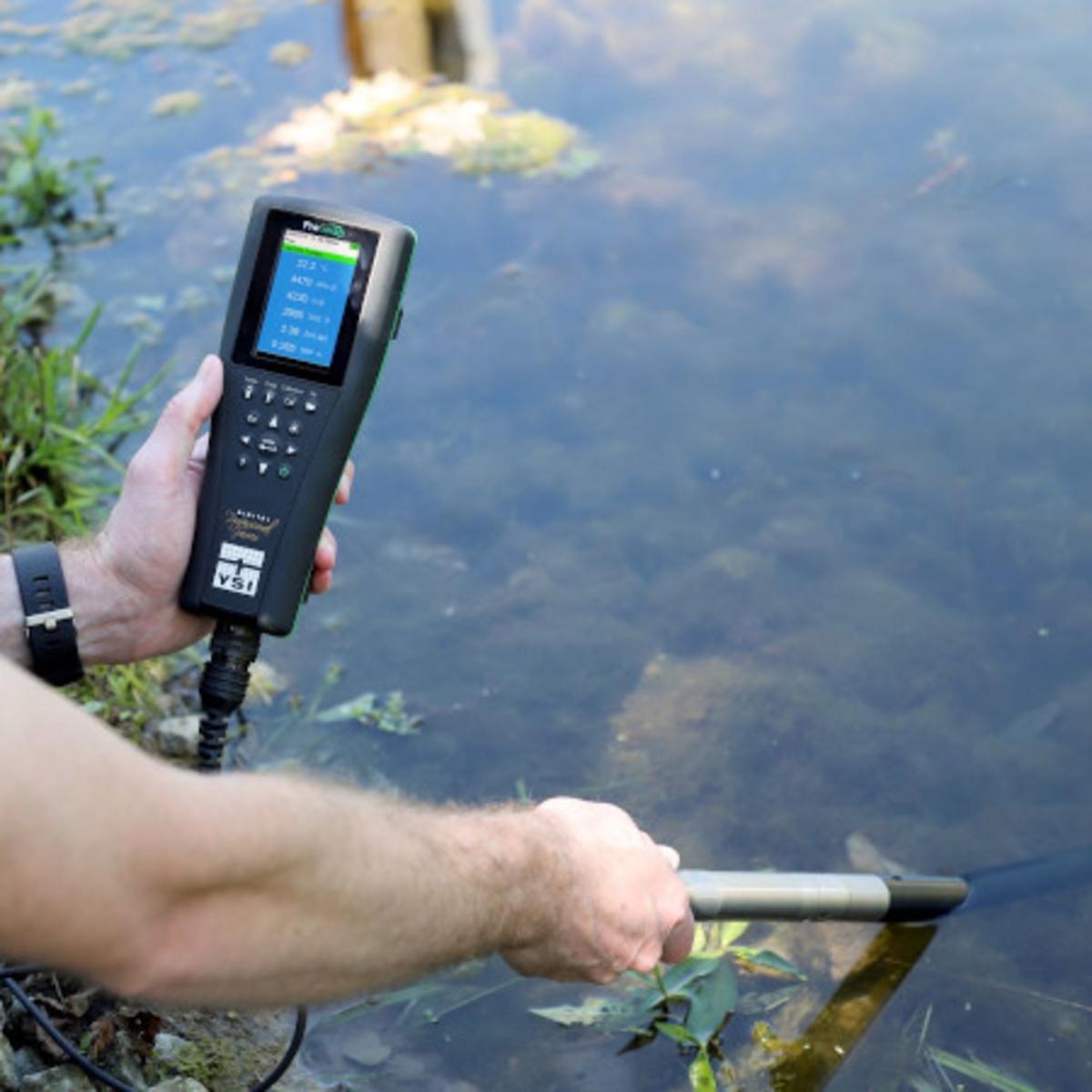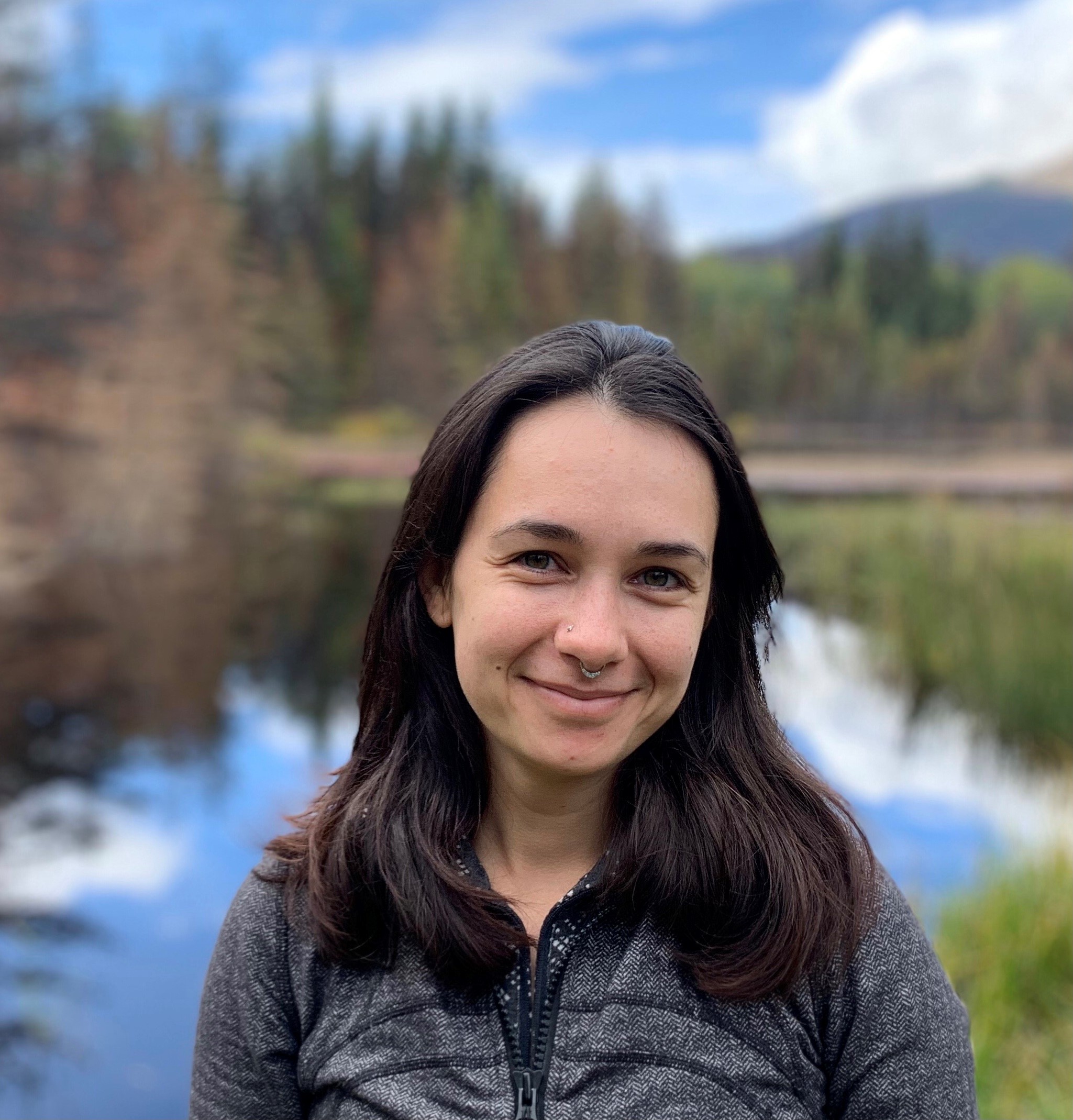XStream Science with New Myrnam School and BRWA
Written by Danielle E. Barry
On October 4, we joined Nathalie Olson and Kandra Forbes from Battle River Watershed Alliance along with 20 junior high students from New Myrnam School for an XStream Science trip!
XStream science was originally started by the Battle River Watershed Alliance (BRWA) as a way for students to learn about healthy watersheds with hands-on experiences and while also collecting long term aquatic health data in local waterbodies. This also allows the students to be citizen scientists, which are members of the public who participate and collaborate in scientific research, which ultimately increases scientific knowledge.
An XStream Science trip starts in the classroom going over watersheds, how land use and riparian health impact water quality. Then a review of the sample collection process, the equipment we’d be using and what we would be testing for.
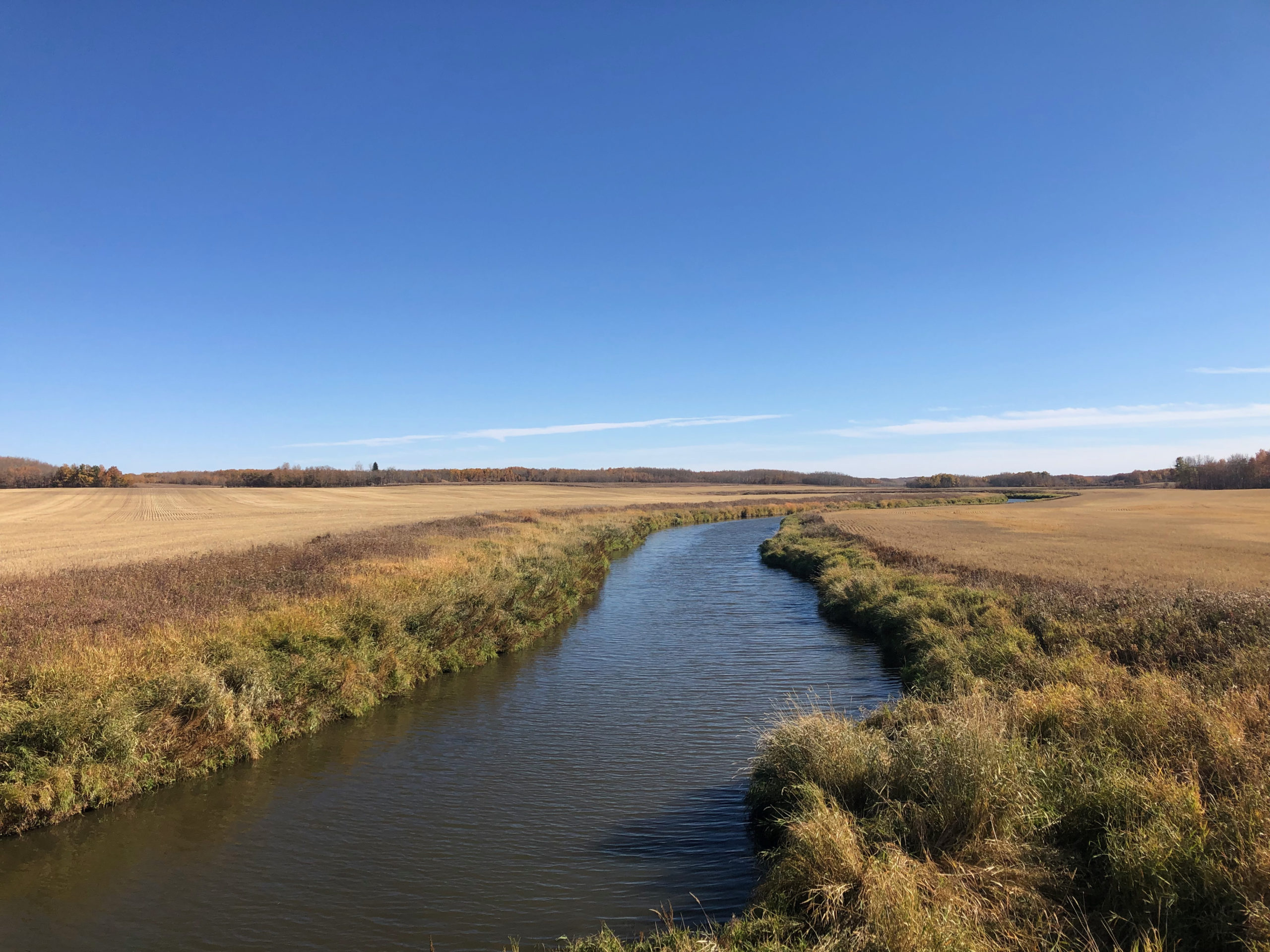
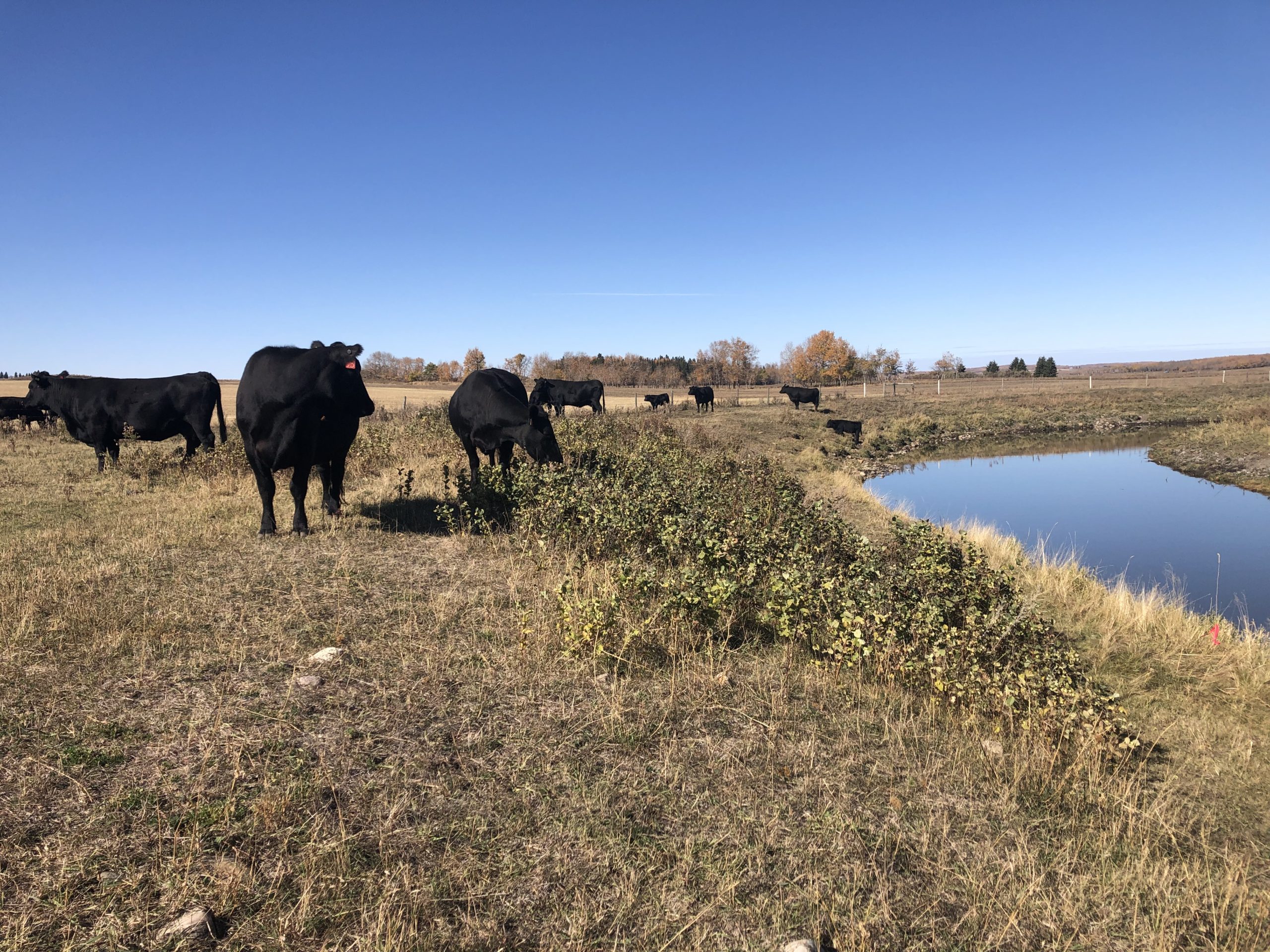
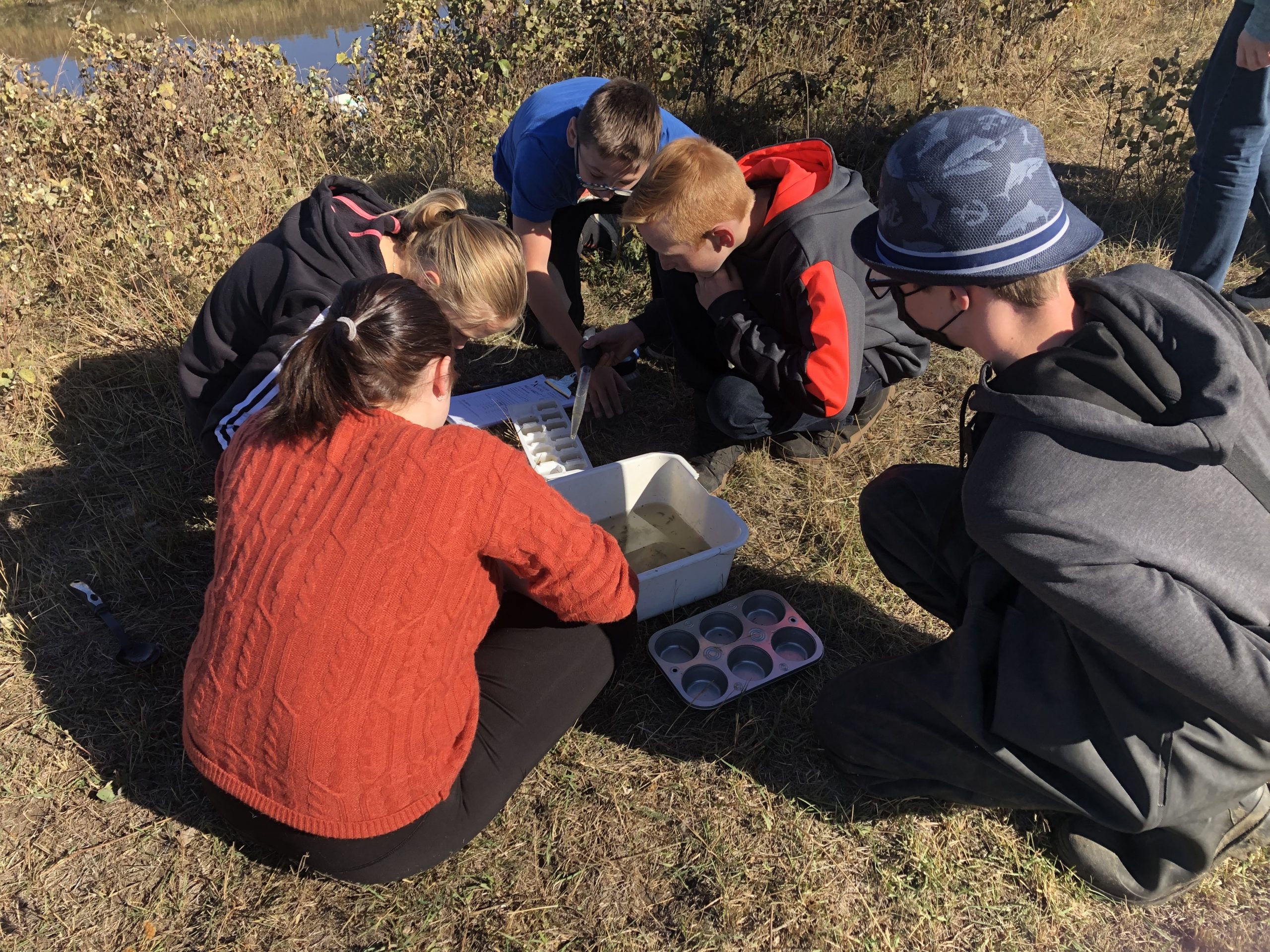
Next, we were on the bus headed to the field site on the Vermilion River. We were greeted by some cattle who were very curious if any of our bins contained snacks!
Working in four groups the kids were busy recording information about the field site such as: riparian land cover, surrounding land use, and a diagram of the site. These variables all affect water quality and watershed health, helping make the connection between activity on land and how that impacts water systems.
Then one group at a time had a chance to don chest waders and collect a sample of invertebrates from the bottom of the river. This involves a shimmy in the mud to dislodge any creatures on the bottom, that are then swept into a special net. The sample of invertebrates is rinsed of excess mud and then separated by type and counted. Which types of bugs are found and in what numbers gives valuable information on the long-term health of the waterbody as it’s known that some species are more sensitive to poor water quality than others. If a more sensitive species is found, that tells us that the water quality has been favourable for a period of time long enough for the invertebrate to grow and live there.
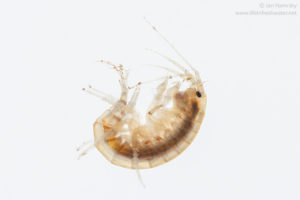
Next physical and chemical parameters of the water body were assessed. Turbidity was checked, which is a measure of how clear or murky the water is; this can be caused by solids such as soil, sediments, or algae, etc., which are suspended in the water body. As well, a YSI probe was used to check other parameters at a few points in the river: temperature, conductivity, pH, nitrogen, phosphates, and dissolved oxygen.
Before we packed up, Nathalie took some time to go over the results from the data the kids had collected that day. They were able to see how and what land use activities were going on around the water body and could be affecting water quality there.
The data collected this day will end up on the XStream Science website and hopefully students will be able to go back to the same location in future years to continue monitoring the water quality! To learn more about XStream Science, check out the BRWA website.
Overall, this was a wonderful hands on learning experience for the kids and a welcome change from in-classroom learning.
Our Education Committee has lots of exciting plans for the future so keep your eyes out for upcoming events!
